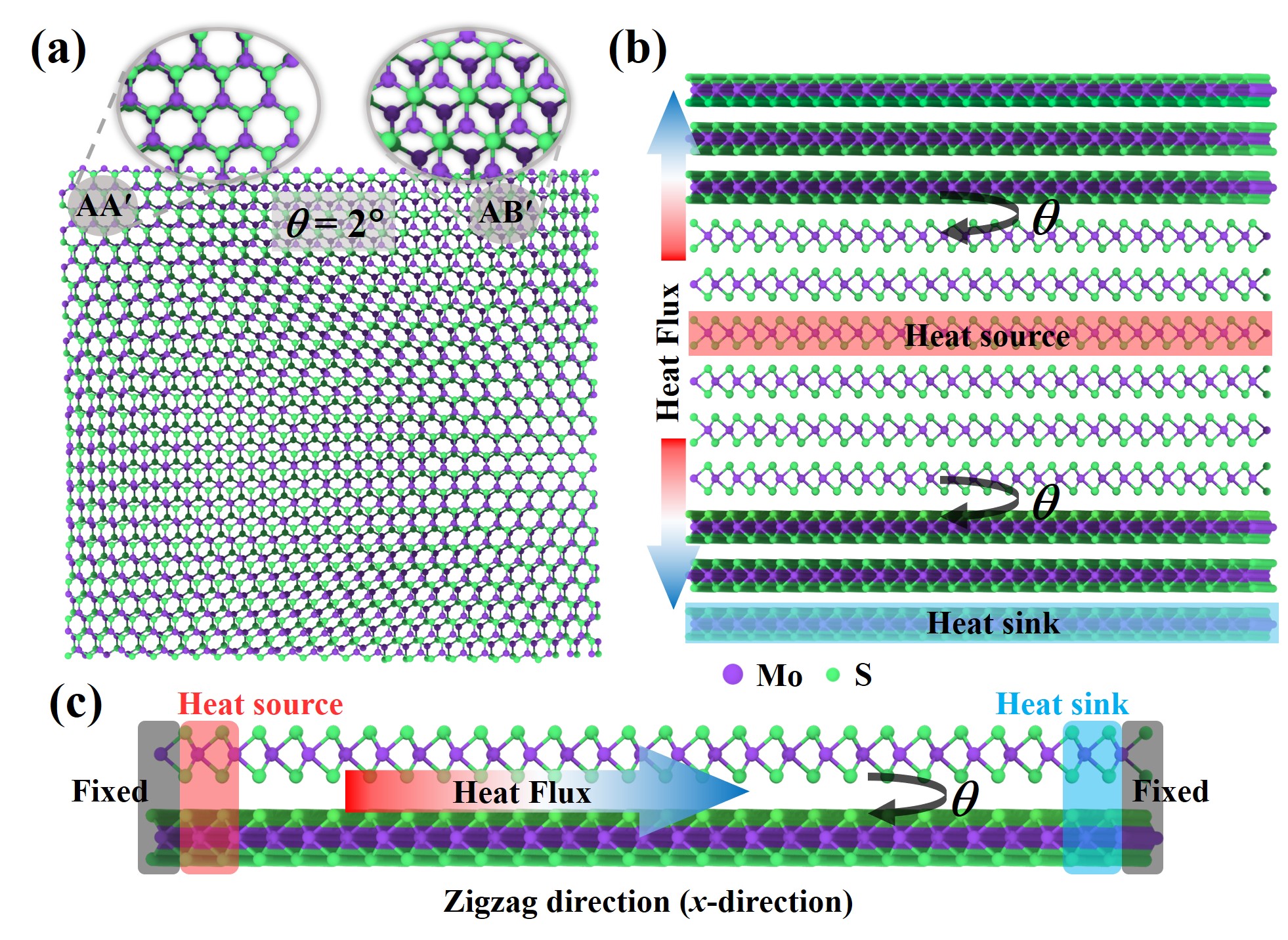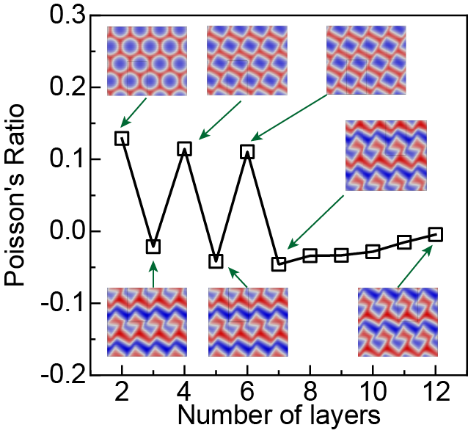-
Home
- Research
-
High-resolution In-situ Measurement of Nanoscale Friction and Wear
-
Non-Equilibrium Dynamics of van der Waals Interfaces
-
Multi-Scale Computational Methods for the Simulation and Design of Structural Superlubricity Systems
- News
- Publications
- Research





